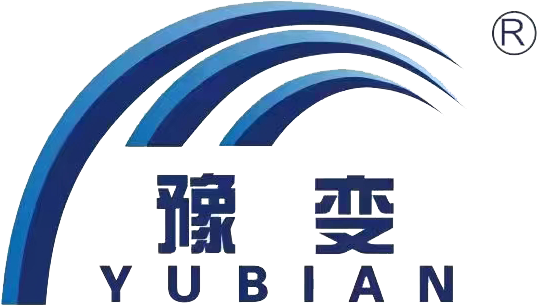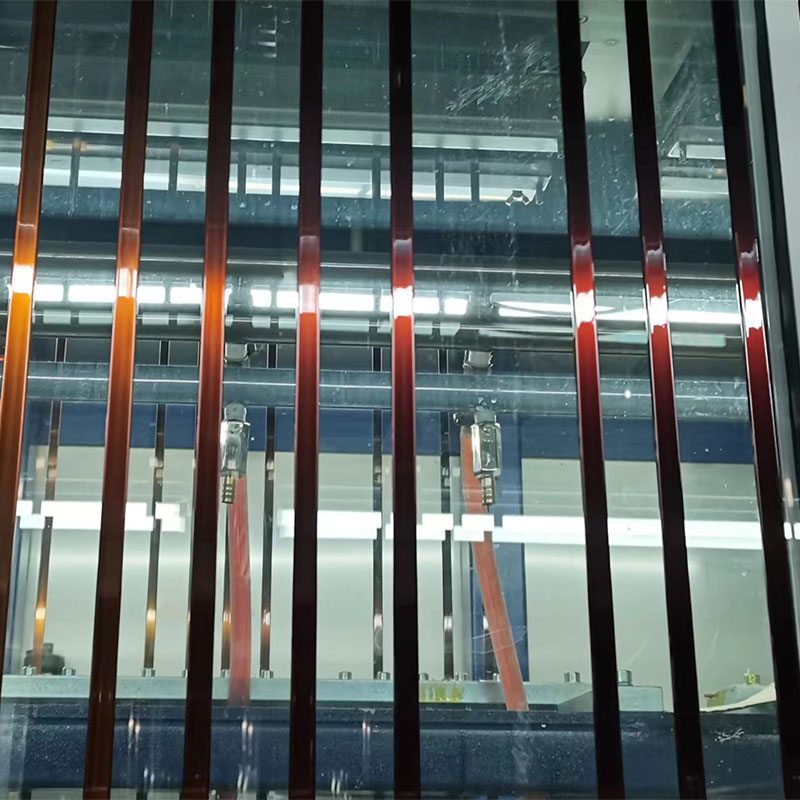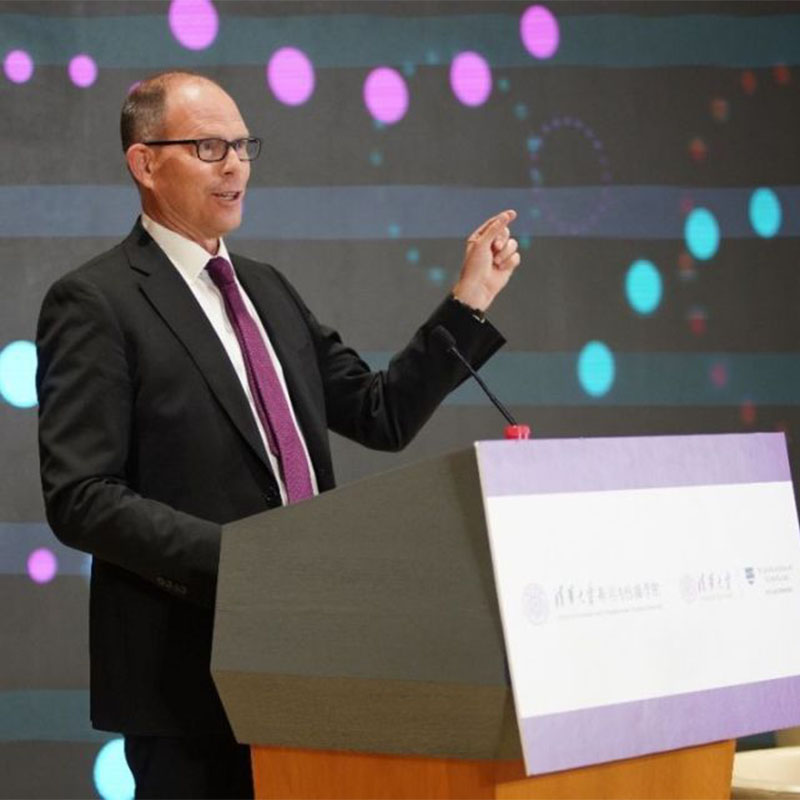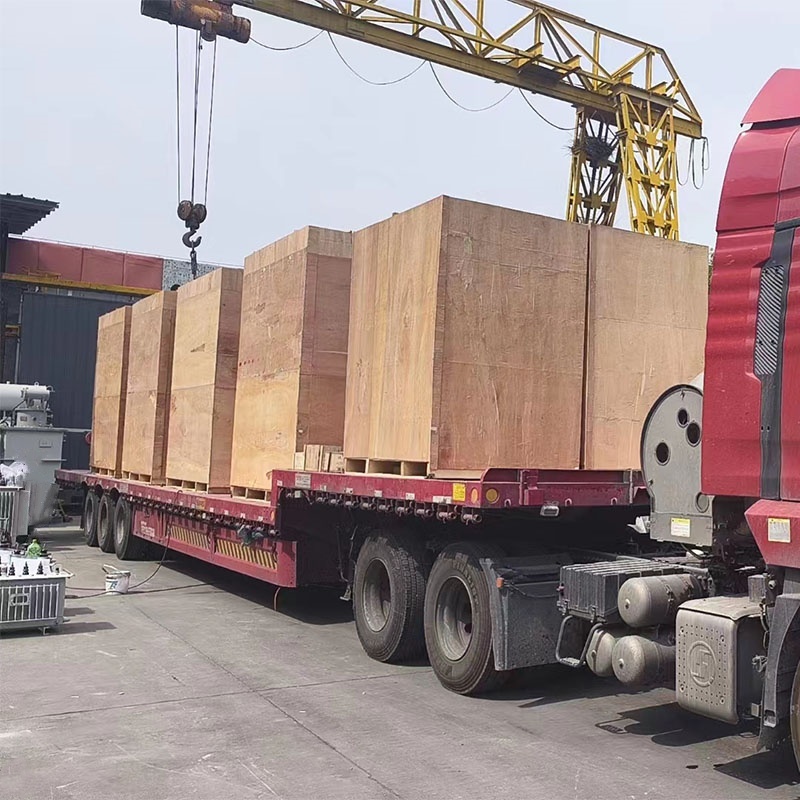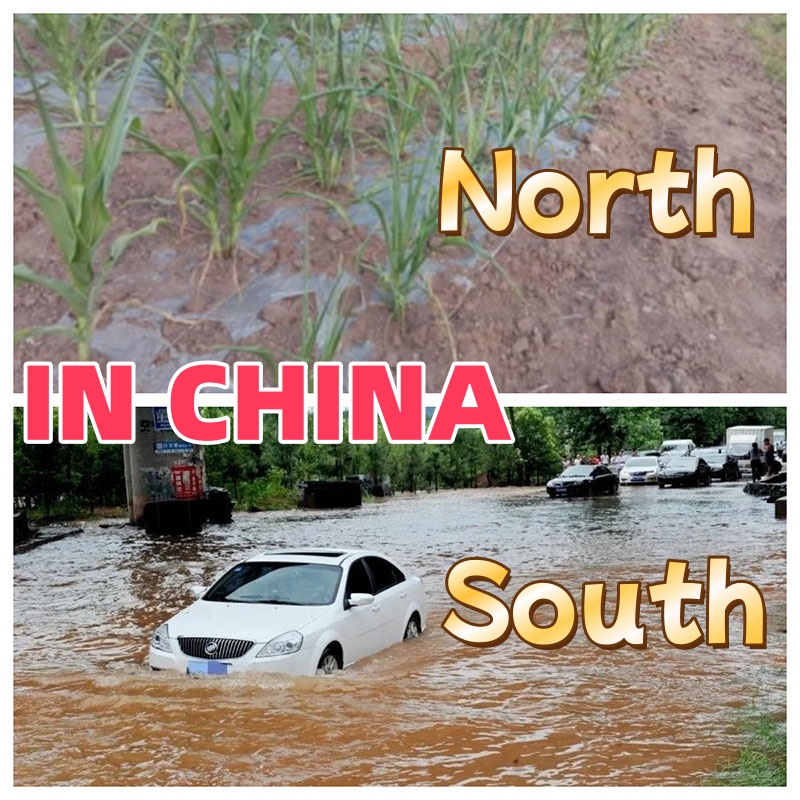Let AI See Poor People
"With the popularization of the Internet and the application of artificial intelligence, more and more questions can be answered quickly. So are we going to have fewer problems?"
This is the essay topic of the new curriculum standard I exam in 2024. But it's a difficult question to answer.
In 2023, the Bill & Melinda Gates Foundation (hereinafter referred to as the Gates Foundation) launched a "Grand challenge" - how artificial intelligence (AI) can advance health and agriculture, in which more than 50 solutions to specific problems were funded. "If we take risks, some projects have the potential to lead to real breakthroughs." Bill Gates, co-chairman of the Gates Foundation, has said.
While people have great expectations for AI, the problems and challenges that AI brings to society are also increasing day by day. The International Monetary Fund (IMF) published a report in January 2024, Generative AI: AI is likely to exacerbate inequality between countries and income gaps within countries, and as AI improves efficiency and drives innovation, those who own AI technology or invest in AI-driven industries are likely to increase capital income, further exacerbating inequality.
"New technologies emerge all the time, but often new technologies disproportionately benefit the rich, whether it's rich countries or the people of rich countries." On June 18, 2024, Mark Suzman, CEO of the Gates Foundation, said at a speech event at Tsinghua University.
The key to solving the problem may be "how to design AI". In an interview with a Southern Weekly reporter, Mark Sussman said that although there are many projects using AI technology, the key is whether we are consciously motivating people to pay attention to the needs of the poorest people. "Without careful use, AI, like all new technologies, tends to benefit the rich first."
Reaching the poorest and most vulnerable
As CEO of the Gates Foundation, Mark Sussman always asks himself a question: How can we ensure that these AI innovations support the people who need them most, and reach the poorest and most vulnerable?
In the AI "grand Challenge" mentioned above, Mark Sussman and his colleagues received many creative projects using AI, such as can AI be used to provide better support and treatment for AIDS patients in South Africa, to help them with triage? Can large language models be used to improve medical records in young women? Can there be better tools for community health workers to get better training when resources are scarce?
Mark Sussman to the southern weekend reporter for example, they and partners developed a new handheld ultrasound tool, can use a mobile phone in the scarce resources for pregnant women to do ultrasound examination, then artificial intelligence algorithms can analyze low-resolution images, and accurately predict difficult labor or other possible problems, its accuracy is no less than the hospital ultrasound examination. "These tools will be able to be used in rural areas around the world, and I believe that will save a lot of lives."
Mark Sussman believes that there are indeed very good potential opportunities for the use of AI in training, diagnosis, and support for community health workers, and that it is just beginning to look for areas in China where it can be funded more.
When funding AI projects, Mark Sussman points out that their criteria mainly include whether they are in line with their values; Whether it is inclusive, including low-income countries and groups in the co-design; Compliance and accountability with AI projects; Whether privacy and security concerns are addressed ; Whether it embodies the concept of fair use, while ensuring transparency.
"The tools that are out there, whether it's artificial intelligence tools or some broader vaccine research or agricultural research tools, give us more exciting possibilities than at any time in our history, but we're not fully capturing and harnessing that energy yet." "Mark Sussman said.
Combined with human capabilities, AI will create new opportunities
According to the International Monetary Fund, AI will affect nearly 40% of jobs worldwide. People are constantly arguing, and often anxious, about which areas will disappear and which areas will become new opportunities.
Although the problem of employment also afflicts the poor. But in Mark Sussman's view, the most important investments are still health, education and nutrition, and human resources are not the key at this stage.
The median age of the African population is only about 18 years old, and some countries even lower, Mark Sussman believes that without basic health protection, it is difficult for children to talk about their future. "It's easy to lose sight of that and jump right over to asking where the jobs are."
For most poor people, agriculture is still the main way to earn a living. According to the Gates Foundation, three-quarters of the world's poorest people are smallholder farmers, mostly in sub-Saharan Africa and South Asia, who rely on farm income to feed themselves and their families.
Agriculture "depends on the weather to eat" - the early investment, high climate risk, long return cycle, these factors have always restricted the investment of people and capital. Among them, AI has great potential. In India and East Africa, for example, farmers rely on rain for irrigation because of a lack of irrigation equipment. But with AI, weather forecasts can be customized and advice on seeding and irrigation can be provided directly to farmers.
Mark Sussman said it is not surprising that high-income farmers use satellites or other means, but with AI, we can further popularize these tools, so that very poor smallholder farmers can also use tools to optimize fertilizer, irrigation and seed use.
At present, the Gates Foundation is also working with the Ministry of Agriculture and Rural Affairs, the Chinese Academy of Agricultural Sciences and other departments to promote research and development, cultivate drought - and water-resistant crops and crop varieties with strong stress resistance, carry out China-Africa cooperation, local seed production in Africa and improve the promotion system of improved varieties, and gradually help African countries establish a modern seed industry system that integrates rice breeding, reproduction and promotion.
Mark Sussman describes himself as an "optimist" who believes that the combination of AI and human capabilities will create new opportunities for humanity, and these new fields can play a role in resource-poor places such as Africa. "We hope that in the coming decades, new generations born in sub-Saharan Africa will have access to the same basic resources for health and education as everyone else."
Poor people can also share drug innovation
There is a "90/10 gap" in drug discovery - developing countries bear 90% of the burden of infectious diseases, but only 10% of the world's research and development funds are devoted to these diseases. The main force in drug development and innovation is the private sector, but in their view, drug development for the poor is not always profitable.
In June 2021, the World Health Organization (WHO) announced that China had passed the certification of eliminating malaria, but WHO data shows that 608,000 people around the world will still die from malaria in 2022, and more than 90% of them live in poor areas. This is because malaria is no longer endemic in high-income countries, and few companies are investing in research and development.
In the face of "market failure," Mark Sussman told Southern Weekly that their solution is to use their funding to incentivize the private sector to use and promote innovation, making these innovations that might otherwise be used only for the wealthy into "global public goods."
A model similar to health care "buying with volume" is also worth trying. Mark Sussman says they have worked with two large companies to cut the price in half so that poor women in Africa and Asia can afford contraceptives, in exchange for guaranteeing them a certain amount of purchases and a certain profit.
The most important thing is that this model proves to pharmaceutical companies that even the poor population still has a huge market.
In addition, some cutting-edge technologies are also the direction of attention. Mark Sussman explained that his funding to the private sector is based on the premise that if the company launches a successful product, it needs to ensure that the product is available to low - and middle-income countries at the lowest possible cost and provide access to the technology. For example, in cutting-edge mRNA technology, the Gates Foundation chose to be an early investor to support research into how mRNA could be used to treat infectious diseases such as malaria, tuberculosis or HIV, "even though the market is more focused on more profitable cancer treatments."
On June 20, 2024, Lenacapavir, a new treatment for HIV, announced the interim results of the pivotal Phase 3 PURPOSE 1 clinical trial with excellent performance. In mid-2023, the Gates Foundation invested money to support the use of AI to reduce costs and reduce the cost of Lenacapavir drugs in order to better deliver them to low - and middle-income areas.
"At the heart of any model is the idea of whether philanthropic capital can be used to energize the private sector and at the same time ensure that that dynamism is used to help the poorest and most vulnerable people access innovations that they cannot access otherwise." "Mark Sussman said.
